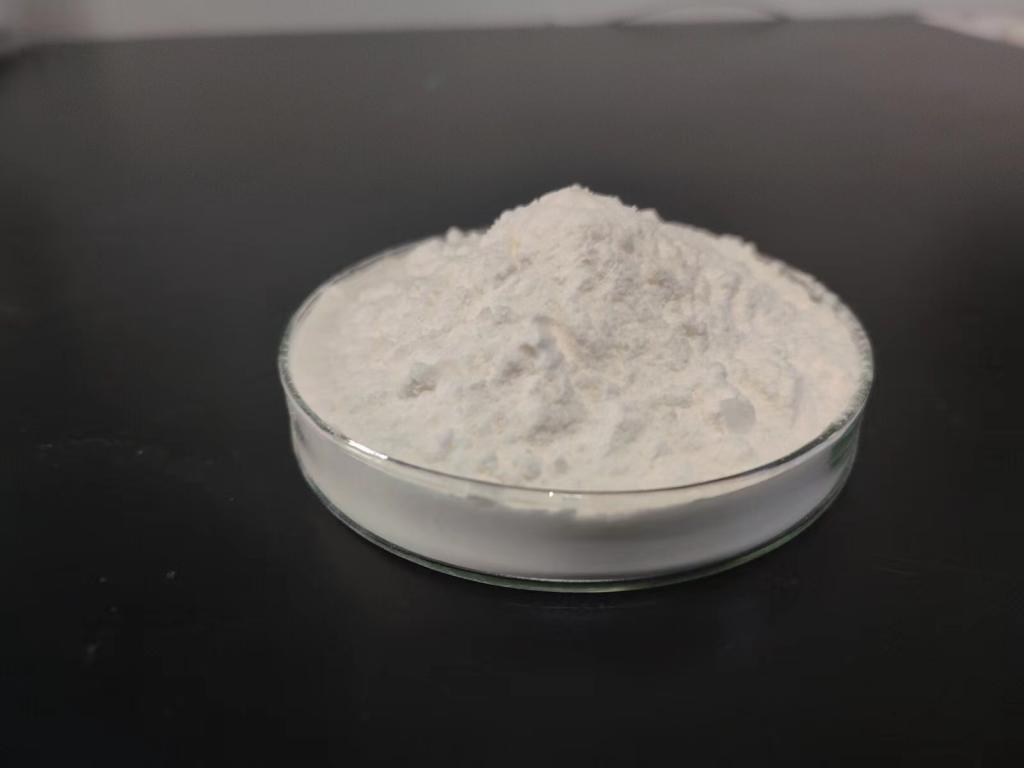Tel:+8618231198596

News
 CONTACT
CONTACT
 CONTACT
CONTACT
- Linkman:Linda Yao
- Tel: +8618231198596
- Email:linda.yao@dcpharma.cn
- Linkman:CHARLES.WANG
- Department:Overseas
- Tel: 0086 0311-85537378 0086 0311-85539701
News
Current Position:
Home >
News
>Enhancing Safety in Animal Feed: The Role of ε-Polylysine Hydrochloride
Enhancing Safety in Animal Feed: The Role of ε-Polylysine Hydrochloride
TIME:2024-01-11
1. Introduction:
Animal feed safety is a crucial factor influencing the health and productivity of livestock and poultry. The quest for effective and sustainable solutions has led to the exploration of alternative additives. ε-Polylysine Hydrochloride, a natural antimicrobial agent, has gained attention for its potential to enhance the safety of animal feed. This article aims to elucidate the role of ε-Polylysine Hydrochloride in ensuring the safety and well-being of livestock through improved feed quality.
2. Understanding ε-Polylysine Hydrochloride:
Biological Origin:
ε-Polylysine is a polymer of the amino acid lysine, produced naturally by bacteria such as Streptomyces albulus. The hydrochloride form of ε-Polylysine, derived from fermentation processes, has found applications in animal nutrition due to its antimicrobial properties.
Antimicrobial Mechanism:
The antimicrobial action of ε-Polylysine Hydrochloride is rooted in its ability to disrupt the cell membranes of microorganisms, including bacteria and fungi. This mechanism contributes to the preservation of animal feed by inhibiting the growth of spoilage and pathogenic agents.
3. Applications in Animal Feed:
Preservation and Feed Quality:
The primary application of ε-Polylysine Hydrochloride in animal nutrition is its role as a feed preservative. By preventing microbial growth, it extends the shelf life of feed and contributes to maintaining its nutritional quality, reducing the risk of contamination and deterioration.
Mitigating Mycotoxin Contamination:
Mycotoxins, produced by fungi in feed ingredients, pose a significant threat to animal health. ε-Polylysine Hydrochloride's antimicrobial properties provide a defense against mycotoxin-producing fungi, offering a preventive measure to mitigate the risks associated with mycotoxin contamination in animal feed.
4. Improving Livestock Health:
Gut Health and Digestibility:
Livestock health is intricately linked to gut health and digestive efficiency. ε-Polylysine Hydrochloride has been observed to positively influence gut health by inhibiting harmful bacteria, promoting a balanced microbial environment, and potentially enhancing the digestibility of nutrients in animal feed.
Reducing Antibiotic Dependency:
The rise of antibiotic resistance in livestock poses a global health concern. The antimicrobial properties of ε-Polylysine Hydrochloride open avenues for reducing antibiotic dependency in animal feed, contributing to more responsible and sustainable livestock management practices.
5. Safety Considerations:
Regulatory Compliance:
As with any feed additive, ensuring regulatory compliance is paramount. Understanding and adhering to guidelines set by regulatory authorities is essential to guarantee the safe use of ε-Polylysine Hydrochloride in animal feed.
Impact on Animal Health:
Evaluating the impact of ε-Polylysine Hydrochloride on the health and performance of livestock is crucial. Studies assessing parameters such as growth rates, feed conversion ratios, and overall well-being contribute to understanding its effects on animal health.
6. Environmental Considerations:
Biodegradability:
The biodegradability of ε-Polylysine Hydrochloride is an environmentally favorable attribute. As a naturally occurring compound, it has the potential to break down into harmless components, minimizing the risk of environmental persistence associated with some synthetic additives.
7. Future Directions and Innovations:
The role of ε-Polylysine Hydrochloride in animal feed safety is an evolving area of research. Future directions may involve optimizing dosage levels, exploring synergies with other feed additives, and investigating its potential in specialty feeds for different livestock species.
8. Case Studies and Industry Applications:
Examining real-world applications and success stories provides insights into the practical implementation of ε-Polylysine Hydrochloride in animal nutrition. Case studies from various regions and livestock sectors illustrate its efficacy and potential benefits.
9. Conclusion:
In conclusion, ε-Polylysine Hydrochloride stands as a promising contributor to enhancing safety in animal feed. Its natural origin, antimicrobial properties, and potential positive impacts on gut health make it a valuable tool in preserving feed quality and promoting sustainable livestock management practices. As research and industry adoption continue, ε-Polylysine Hydrochloride is poised to play a significant role in ensuring the safety, health, and productivity of livestock and poultry worldwide.
- Tel:+8618231198596
- Whatsapp:18231198596
- Chat With Skype







